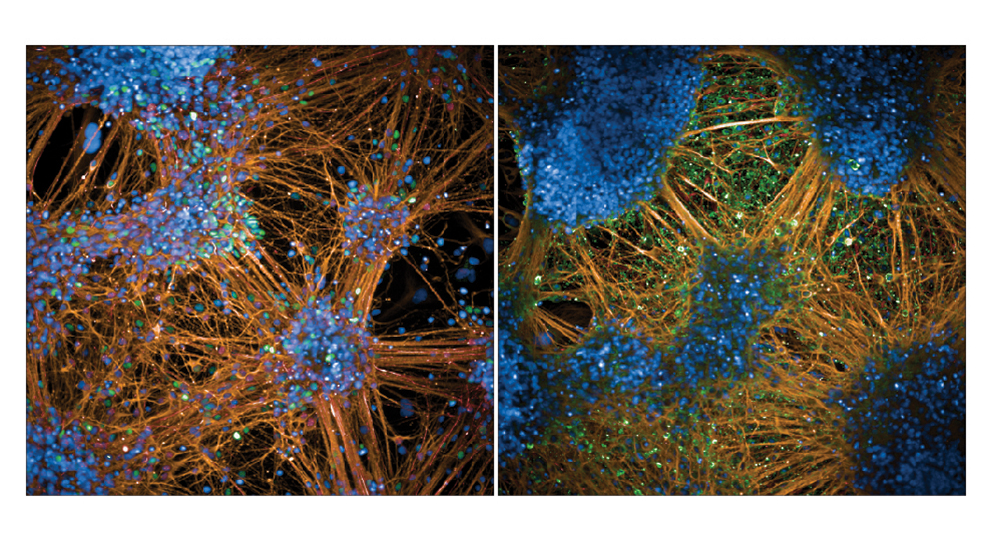The Bloss Lab
The Bloss Lab leverages high resolution imaging, observation and manipulation of in vivo neural activity, and genetic perturbations in specific neurons to define how neural circuits supports goal-directed behavior.
Principal Investigator
Location
Topics
The brain is a powerful computational device, yet we understand very little about the mechanisms it uses to produce cognition. Our past work demonstrated that genetically or anatomically defined neurons are connected in remarkably precise ways, promoting certain forms of circuit computations over others. Exactly how these precise wiring patterns and the resulting computations they support become altered by experience (e.g., learning) or by disease (e.g., Alzheimer’s disease) remains unknown. We use advanced imaging techniques to define synaptic connectivity between specific cell types. We pair this approach with viral, genetic, chemogenetic, and in vivo imaging strategies to relate the structural or functional features of specific cell types to the behavioral performance of mice in goal-directed tasks. Collaborations within and outside of JAX seek to identify the broader principles by which cognition emerges from underlying brain circuitry in health and disease states.







